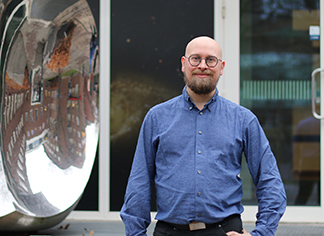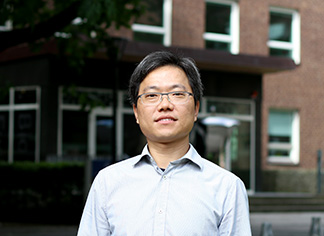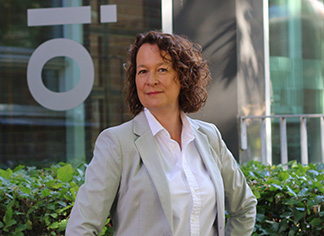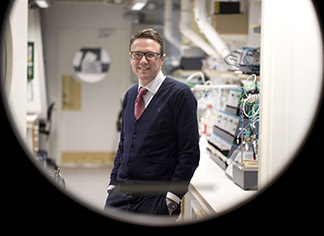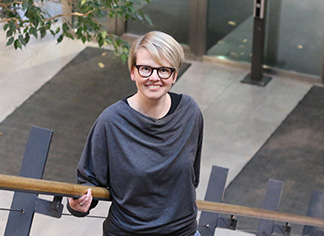Docent
Mikael Molin
Phone: +46 (0) 706502971
E-mail: mikael.molin [at] chalmers.se
Office: Room 1057C (Fysik Origo, Kemigården 1)
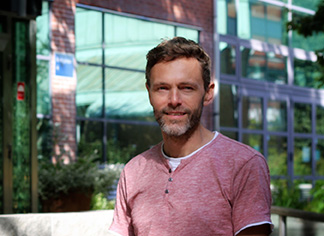
An overarching goal of our research is to understand how signalling through the reactive oxygen species hydrogen peroxide impacts organismal physiology and disease as well as how such knowledge can be exploited in engineering health and biotechnology. Our research has shown that, despite a wealth of accumulated literature over the years on their detrimental effects, reactive oxygen species sustain important roles in intracellular signalling. In line with this, we have shown that a group of anti-oxidant enzymes, peroxiredoxins, that by far are the most hydrogen peroxide reactive molecules in cells, reduce the incidence of age-related disease by acting as key regulators of aging and proteostasis. However, their molecular functions are poorly understood. It is therefore imperative to elucidate the bona fide cellular function(s) of peroxiredoxins, how they act to slow down aging and reduce the incidence of cancer and other age-related diseases.
By combining cutting-edge Molecular Cell Biological, Genetic and Biochemical approaches and research into the impact of hydrogen peroxide signalling on biotechnology, metabolism and proteostasis we aim to clarify molecular mechanisms of aging and age-related disease and to implement novel knowledge in the engineering of health and biotechnology.
Some key publications:
Gast V, Campbell K, Picazo C, Engqvist MKM, Siewers V, Molin M. 2021. The yeast eIF2 kinase Gcn2 facilitates H2O2-mediated feedback inhibition of both protein synthesis and ER oxidative folding during recombinant protein production. Applied and Environmental Microbiology 87 (15): e0030121.
Troussicot L, Burmann BM, Molin M. 2021. Structural determinants of multimerization and dissociation in 2-Cys peroxiredoxin chaperone function. Review paper. Structure. 29 (7): 640-54.
Molin M. 2021. Roles of hydrogen peroxide and peroxiredoxin in the yeast replicative aging model of aging and age-related disease. Book chapter in ‘Redox Regulation of Differentiation and De-differentiation’. p. 249-67. Edited by Berndt C & Lillig H. ISBN 9780367895662. Book series “Oxidative Stress and Disease“, CRC Press, Taylor & Francis group, Eds. Enrique Cadenas and Helmut Sies.
Molin M*, Logg K., Bodvard K., Peeters K, Forsmark A., Roger F., Jörhov A, Mishra N, Billod J-M, Amir S, Andersson M, Eriksson LA, Warringer J, Käll M, Blomberg A* 2020. Protein kinase A controls yeast growth in visible light. BMC biology 18 (1), 1-23.
Roger F, Picazo C, Asami C, Hanzén S, Reiter W, Gao C, Lagniel G, Welkenhuysen N, Grøtli M, Labarre J, Hartl M and Molin M. 2020. Peroxiredoxin promotes longevity and H2O2-resistance in yeast through redox modulation of protein kinase A, eLIFE, e60346.
Bodvard K.*, Peeters K.*, Roger F.*, Romanov N., Igbaria A., Welkenhuysen, N., Palais, G., Reiter W., Toledano M.B., Käll M. and Molin M. 2017. Light-sensing via hydrogen peroxide and a peroxiredoxin. Nature Communications (2017). 8, 14791, doi:10.1038/ncomms14791.
Hanzén S., Yang J., Vielfort K., Roger F., Andersson V., Zamarbide-Forés S., Andersson R, Malm L., Palais G., Biteau B., Liu B., Toledano M.B., Molin M.Ɨ, Nyström TƗ. 2016. Lifespan control by redox-dependent recruitment of chaperones to damaged and aggregated proteins. Cell 161 (1): 140-51. doi: 10.1016/j.cell.2016.05.006.


